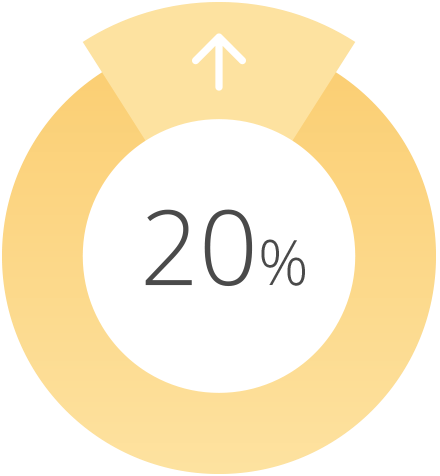Demand for temporary recruitment
Temporary and interim contractors remain in demand
With an unstable and unpredictable economy, businesses are understandably nervous about hiring permanent talent, instead looking at temporary, interim and contractor solutions.
Levels of permanent recruitment have fallen in every consecutive month since July 2022, as global economic volatility alongside rising costs and interest rates have eroded business confidence. In an almost zero-growth economy the demand for temporary and interim contractors remains strong and continues to aid delivery of projects and maintain essential headcount to keep the lights on whilst permanent recruitment freezes remain in place.
The advantages of temp support during periods of uncertainty
It is easy to see why temporary recruitment is an attractive option to employers. Having temporary support allows businesses to flex with demand without any long term commitment. In fact, temporary support can also improve profitability. Having the agility to deliver during busy periods and cut back in quieter times keeps costs lean and maximises profit.

Delivering specialist projects
In the IT sector, interim consultants and IT contractors been have used to deliver key projects for decades. Growth in the use of interim managers, consultants and contractors has occurred across each of our specialist sectors (IT, HR, Marketing and Accounting). Consultants have been able to deliver specific projects to fixed costs in Learning and Development, People Strategy, Software and Data projects, Digital Marketing, Financial Strategy and Executive support and we have seen a 20% growth in the supply of specialists to deliver projects.
There is still some reticence amongst employers to use self employed consultants due to the legislation around IR35 and PAYE. With changes to this legislation now 5 years old, those companies that embraced good practice around identifying the IR35 status prior to consultant onboarding have been able to benefit from the use of flexible experts and deliver projects more swiftly. We take a look at the IR35 risks to employers here
Could flexible employment be here to stay?
Whilst the job market is suppressed, with an increase in candidate availability, it has been possible to satisfy demand for skills with temporary positions. When demand returns to the permanent job market and the economy is back on a growth footing, filling temporary positions will become more challenging.
The use of specialist skills in a temporary capacity is, without question, here to stay across a growing number of roles. With businesses turning to process automation, and adopting AI technology in an attempt to reduce costs and increase productivity, the delivery of this transformation will require particular skills and expertise. Furthermore, the capacity to accurately plan labour costs for project work is especially beneficial for budgetary control whilst profits are being squeezed.
Are there any downsides to temporary hiring?
Limited commitment cuts both ways and temporary employees are likely to be less engaged in the business than their permanent counter parts. One could argue that temporary recruits are less in tune with the purpose of the organisation and less likely to be as productive or see the long term value in aspiring to reach goals.
Temporary recruits can present a flight risk, as better contract offers and longer contracts are presented. To minimise the likelihood of a temporary worker leaving towards the end of their contract we recommend holding discussions around continuing work at least a month before the end of the temporary contract period.
Specialist skills, along with any intellectual capital garnered during the contract, leave with the consultant. Managing this transfer of knowledge to permanent team members can take time and may not be in the best interest of the consultant, which can lead to conflicts of interest. Defining project timelines, project hand overs and skills transfer should all form part of the project brief from the outset of any contract.
In conclusion
The current job market favours the use of temporary resource and is proving a popular option during a prolonged period of high costs and uncertainty. How long this will continue depends on the period of time before the permanent job market returns to growth.

